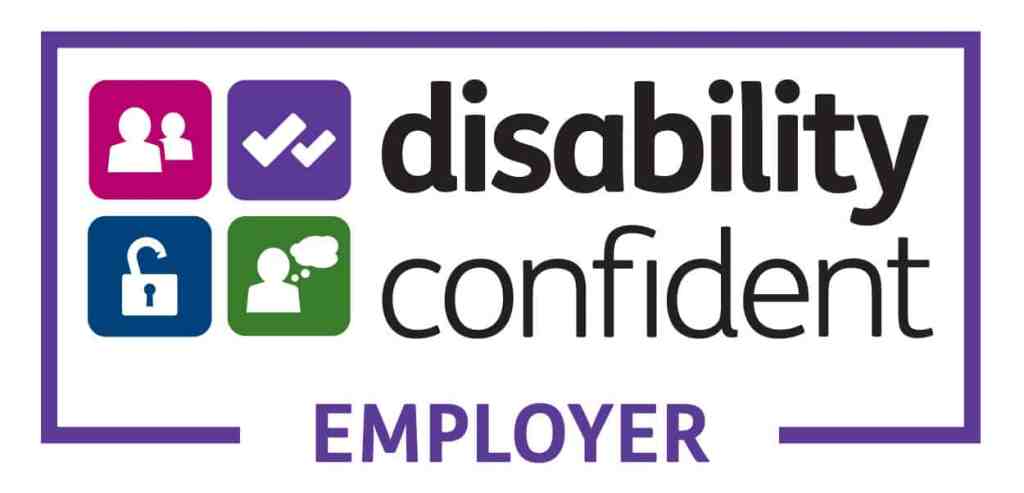Safe gaming by Design (Safer Gambling)
The stakes are high when it comes to safer gaming. For providers of betting and gaming services, failure to prioritise safety in their products is both a missed strategic opportunity and a costly (sometimes irredeemable) error, with a devastating impact on vulnerable customers.
It is not just a moral obligation. With cases of individual users being able to spend tens of thousands in mere minutes in the absence of proper safeguards, the top 5 fines enforced by the UK’s Gambling Commission currently total £70.2 million. With USA-Casino.com also reporting a 443% global increase in penalties between 2021 and 2022, it is a growing issue that can’t be ignored – as highlighted by the recently released gambling reform whitepaper.
With the added potential for firms to also lose their licence to operate, be forced to pay out to affected customers, and face other legal action – we cannot undersell the value of a safety-first approach both morally and financially.
In the rest of this article, we’ll introduce the concept of “safer gambling” (also known as “responsible gaming”) and discuss the ways it helps to build safer and more profitable experiences.
What is ‘Safer Gambling’?
Safer gambling is all about promoting and facilitating sustainable gaming that minimises the harmful effects that can occur when gambling goes too far. It is an acknowledgement that, whilst gambling is a source of entertainment and enjoyment for most, it can, for some, lead to negative consequences, such as addiction and financial complications.
Essentially, providers of gambling services have a responsibility to identify and prevent harmful participation by effectively educating, empowering, and supporting their customers to gamble in ways that stay fun. To achieve this, companies must promote responsible gaming via a variety of tools and safeguards that dictate a sustainable pace of engagement among users.
Having sufficient safety mechanisms in place is paramount for creating these safe and enjoyable experiences that ensure more vulnerable participants are shielded. Furthermore, these mechanisms should be actively monitored, proactively reviewed (and improved), auditable, and allow manual intervention (e.g. account suspension).

Getting safety right
Gaming platforms and products are inherently complex due to the number of moving parts and the overall sensitivity of the data being handled. For providers of digital gaming products, safety must underpin system architecture and be the basis for all business decisions.
It might be daunting to add safety as another piece of the puzzle if you haven’t already, but the key is to view safety holistically and allow it to permeate through the business by making it a part of the culture itself.
From the perspective of tooling, there are many customer-led de facto methods that companies should consider incorporating as part of their safer gambling suite:
- Self-exclusion enables customers to exclude themselves from gambling products, either for a set duration or indefinitely. This is supported by industry-standard schemes such as GAMSTOP, which ensure at-risk individuals cannot easily circumvent their exclusion by deferring to other products and providers.
- Deposit limits allow customers to set limits on the amount of money they can deposit within a specific period. These can be overlaid to grant greater degrees of control. For example, daily, weekly, and monthly limits can be implemented in tandem.
- Cool-offs (timeouts) empower customers to limit the amount of time they spend gambling by voluntarily restricting access to specific products (unlike all products with self-exclusion).
- Reality checks encourage customers to evaluate their playtime to help them stay in control. Usually, prompts and notifications are used to draw attention to extended playing and excessive spending.
Implementing several or all of these can help demonstrate a proactive and advocative stance on responsible gaming and defend the business from accusations of negligence. Most importantly, a successful, safer gambling suite should grant autonomy and granular control to customers and support sustainability and sensibility.
The cornerstone of any successful product is inclusivity; namely user experience (UX) and accessibility (a11y). That couldn’t be truer in the context of safer gambling tools. An excellent, accessible UX enables users to find and use available tools more effectively. An inclusive product in these respects begins with extensive user research and an iterative mindset in design and development. Best practices for accessible design are well-documented and largely intuitive.
Ultimately, all efforts taken to deliver a safer, more sustainable experience should be monitorable, auditable, thoroughly tested, and constantly improved. Each of these leads to the other, enabling the business to better support its customers, achieve and prove compliance, and maintain its edge in the industry. It’s also advisable to consider manual escalation policies so that actions can be taken outside of the automated systems, in case of failure or otherwise unhandled scenarios.

Benefits of safer gaming
Ultimately, the gambling industry has an ethical and lawful duty to define and encourage sustainable gameplay. However, implementing robust safer gambling tools can bring several benefits.
Safety tools see their highest levels of engagement from younger audiences and repeat customers; two important demographics for most businesses. Having a myriad of safety tools can enable a business to market itself as an advocate of more responsible engagement, and projects a positive brand image. For companies targeting increased market share and user counts, these tools represent a strategic opportunity.
Businesses looking to reduce exposure to compliance risks may also find particular value in investing in responsible gaming and being more proactive towards safer gambling. A comprehensive suite of safeguards is generally required to comply with regional laws and regulatory requirements. On the other hand, neglecting to provide sufficient safeguards can result in hefty fines or legal action, and can tarnish a company’s reputation.
Finally, with an increasing focus on responsible gambling and player protection, businesses that demonstrate an overt commitment to safety can differentiate themselves from competitors and become industry leaders. In doing so, they may help to attract and retain customers via improved reputation and industry standing – eventually leading to increased revenue and profitability.
Summary
Approaching system and service design with a safety-first mindset can yield several benefits to gambling businesses. Adopting a “safer by design” philosophy may help to build trust and loyalty, satisfy legal and regulatory requirements, and assist in identifying and intervening with at-risk customers.
As the focus on the protection of players becomes more prevalent, businesses that prioritise safety and de-risking their experiences are likely to see increased success and profitability. However, excellence depends on an accessible UX. With easy-to-use features, the rise of iGaming does not have to mean a rise in problem gambling.
At Nimble, we’re experts in building safety tools and have many years of experience in the Betting and Gaming industry. Whether you’re just beginning to explore the gambling space or are a world-class leader, Nimble can assist you in delivering enriched experiences that your users love and trust.
Nimble are specialists in Betting and Gaming. Discover how we can help you make safer gaming a priority.
Author Bio
Zak Catherall – Consulting Software Engineer at Nimble Approach.
















